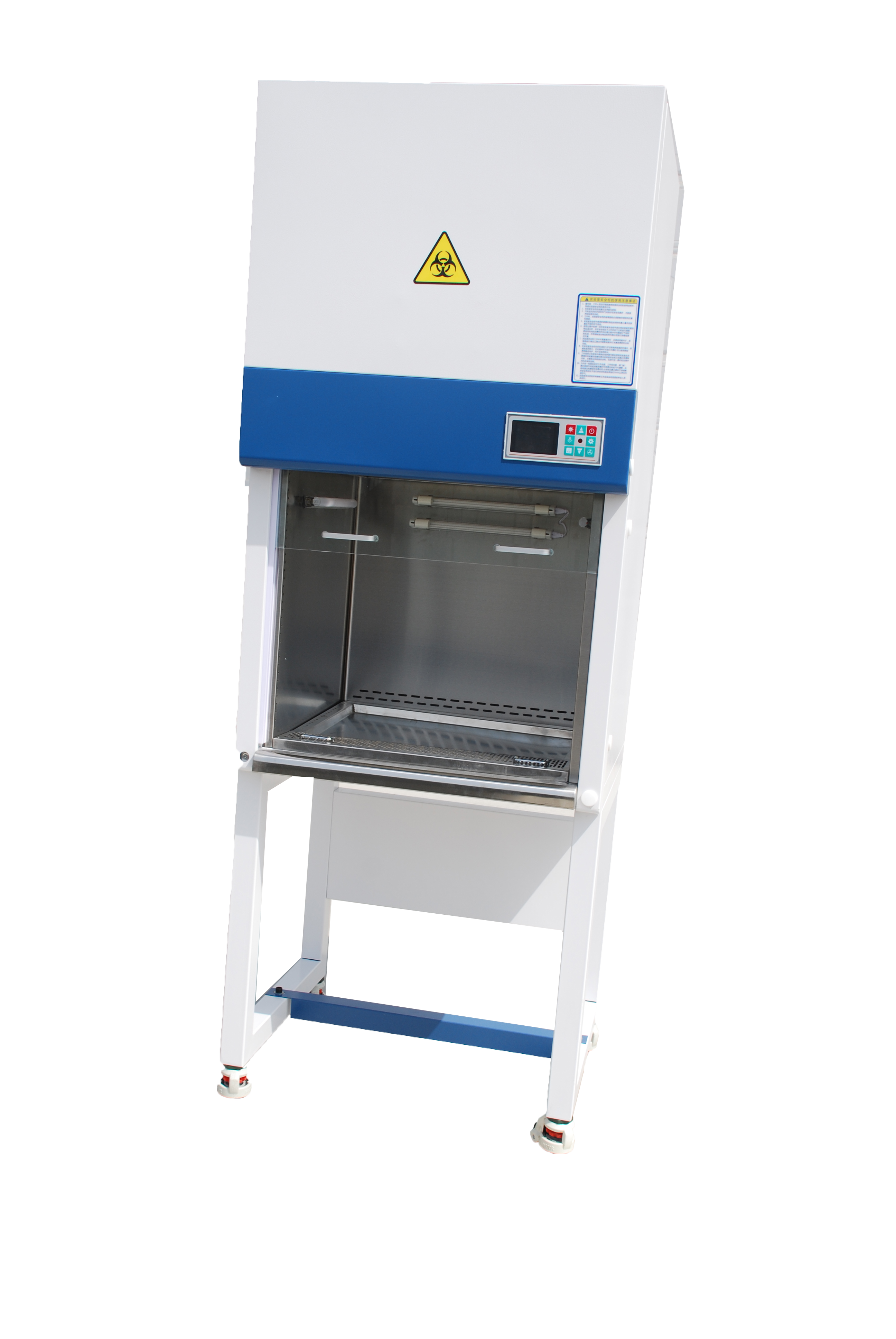 Understanding Biological Safety Cabinets
Understanding Biological Safety Cabinets
Biological safety cabinets (BSCs) are essential engineering controls in modern laboratories, providing critical protection for personnel, products, and the environment. These enclosed, ventilated workspaces utilize HEPA filtration to contain hazardous biological agents during research and clinical procedures.
Types of Biological Safety Cabinets
Class I BSCs
Personnel and environmental protection
Unfiltered inward airflow (minimum 0.38 m/s)
Suitable for low-to-moderate risk agents
Type A2: 30% air exhaust, 70% recirculation
Type B2: 100% exhaust for volatile chemicals
Maintain ISO 5 cleanliness (≤3,520 particles/m³)
Class III BSCs
Gas-tight enclosure with glove ports
Double HEPA filtration
Required for BSL-4 laboratories
Class II BSCs (Most Common)
Selecting a Quality Manufacturer
When choosing a biosafety cabinet manufacturer, consider these critical factors:
Certification Standards
NSF/ANSI 49 (North America)
EN 12469 (European Union)
ISO 14644 (Cleanroom standards)
Technical Specifications
Feature | Minimum Requirement | Optimal Performance |
|---|---|---|
Airflow Velocity | 0.25 m/s | 0.3 ± 0.05 m/s |
Noise Level | ≤67 dB | ≤62 dB |
Vibration | ≤5 μm | ≤3 μm |
Filter Efficiency | 99.97% @ 0.3μm | 99.995% @ 0.12μm |
Service Network Evaluation
Response Time: ≤4 hours for critical issues
Preventive Maintenance: Annual certification
Training Programs: On-site operator instruction
Professional Installation Protocol
Pre-Installation Checklist
Verify electrical requirements (208-240V, dedicated circuit)
Ensure adequate clearance (≥30cm from walls)
Confirm room air balance (negative pressure for B2 cabinets)
Installation Process
Uncrating & Placement
Use calibrated leveling feet
Allow 24-hour acclimation (temperature/humidity)
Performance Verification
Downflow velocity profile (9-point test)
Inflow velocity measurement
HEPA filter integrity testing (PAO/DOP)
Final Certification
Noise level verification
Vibration analysis
Lighting intensity check (≥800 lux)
Maintenance Best Practices
Routine Maintenance Schedule
Daily:
Surface decontamination (70% ethanol)
Visual inspection of airflow grilles
Monthly:
Pre-filter cleaning/replacement
UV lamp intensity test
Annual:
Complete HEPA filter testing
Motor performance evaluation
Control calibration
Critical Component Lifespan
Component | Typical Lifespan | Replacement Indicators |
|---|---|---|
HEPA Filters | 5-8 years | Pressure drop ≥50% |
UV Lamps | 5,000 hours | Intensity<40 μW/cm² |
Blower Motor | 7-10 years | Abnormal vibration |
Troubleshooting Common Issues
Performance Alerts
Airflow Alarm
Check for obstructed grilles
Verify room pressure balance
Inspect filter loading
UV Lamp Failure
Confirm proper seating
Test ballast output
Check timer settings
Vibration Issues
Level the cabinet
Inspect motor mounts
Verify stable power supply
Emerging Technologies
Smart Monitoring Systems
Real-time particle counting
Remote performance tracking
Predictive maintenance alerts
Energy Efficiency Improvements
Variable speed blowers
LED lighting systems
Eco-mode operation
Advanced Materials
Antimicrobial surfaces
Chemical-resistant coatings
Improved gasket designs
By following these comprehensive guidelines for selection, installation, and maintenance, laboratories can ensure optimal performance of their biological safety cabinets while maintaining the highest standards of biosafety. Regular recertification and proactive component replacement are essential for long-term reliability.


